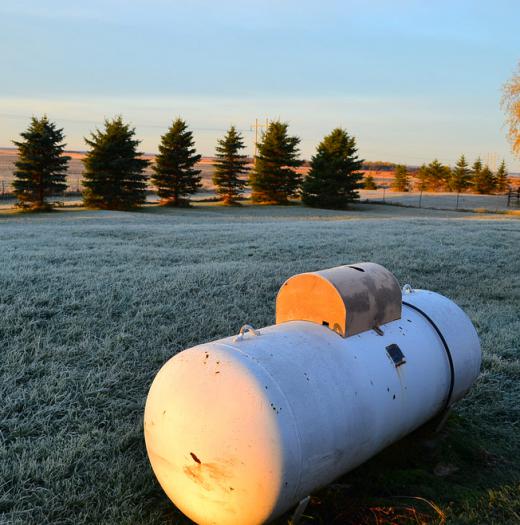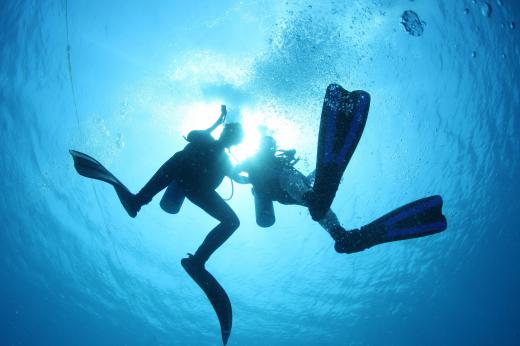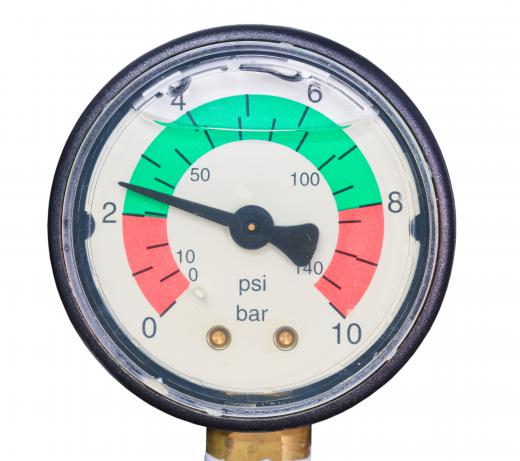A pressure reducing valve, often referred to as a pressure regulator, is an apparatus that controls the flow of a liquid or gas and automatically discontinues the flow once a certain pressure level is attained. Pressure reducing valves are used on an assortment of devices within several different industries. They are utilized for purposes of water pressure reduction, the proper functioning of propane and liquid petroleum (LP) gas tanks, the effective performance of SCUBA divers' air tanks, and the optimal operation of certain recreational vehicles. They are also used in the gas, oil, and mining industries.
Pressure reducing valves can typically be set for any required downstream pressure level that fits within the parameters of the valve's construction. According to the Uniform Plumbing Code, a plumbing pressure reducing valve is mandatory on all plumbing systems that surpass 80 psi (5.62 kg/cm). Though pressure reduction valves vary slightly by design and functionality, all valves contain a diaphragm, inlet and outlet gauges, and a pressure adjustment handle.

For water pressure cutback and conservation, a water pressure reducing valve is often implemented. They can be installed in homes, businesses, and industrial buildings in order to lower water pressure and lessen the flow of unneeded amounts of water. The pressure reducer valve works automatically, regulating the flow of pressure from a structure's main water supply. This valve is an economical and environmentally responsible way to lower water and energy usage and cost.

It is necessary for all propane and LP gas tanks to be outfitted with an air pressure reducing valve. Normally, the pressure levels in propane and LP tanks varies greatly, and in order to ensure a steady flow of downstream force a pressure reducing valve must be in place. They come in a wide variety of shapes and styles in order to meet the individual requirements of LP and propane tanks.

Underwater divers depend on a breathable supply of air. A pressure reducing valve on a diver's air tank is called a diving regulator. It transports oxygen to the diver by regulating air flow from gas cylinders and makes certain the recipient is getting a healthy, comfortable stream of breathable air.
Recreational vehicles, or RVs, also often employ the use of pressure reducing valves. At campgrounds, water tanks commonly have very high levels of pressure. When connecting an RV to one of these tanks, the inordinately high water pressure could cause serious damage to the vehicle's pipes and joints. A pressure reducing valve, which attaches to an everyday hose, guarantees the even flow of water from the source to the vehicle's well.
